Discovering the expenses involved in launching a selfie museum is crucial for budding entrepreneurs. This analysis delves into the essential financial aspects, offering insights into startup costs, maintenance, and potential revenue streams.
Let’s explore the breakdown to better grasp the venture’s financial landscape.
How Much Does It Cost to Open a Selfie Museum?
The expense of starting a selfie museum hinges on its size and location. For a compact venue, the typical cost is approximately $10,000. Meanwhile, a more spacious establishment might demand around $50,000.
What is a Selfie Museum?
A selfie museum is a creative and interactive space where visitors can take captivating selfies surrounded by various themed installations, artworks, and backdrops.
These settings are designed to be visually appealing and shareable on social media platforms, offering visitors a unique and immersive photography experience.
Cost-Related Factors in Opening a Selfie Museum
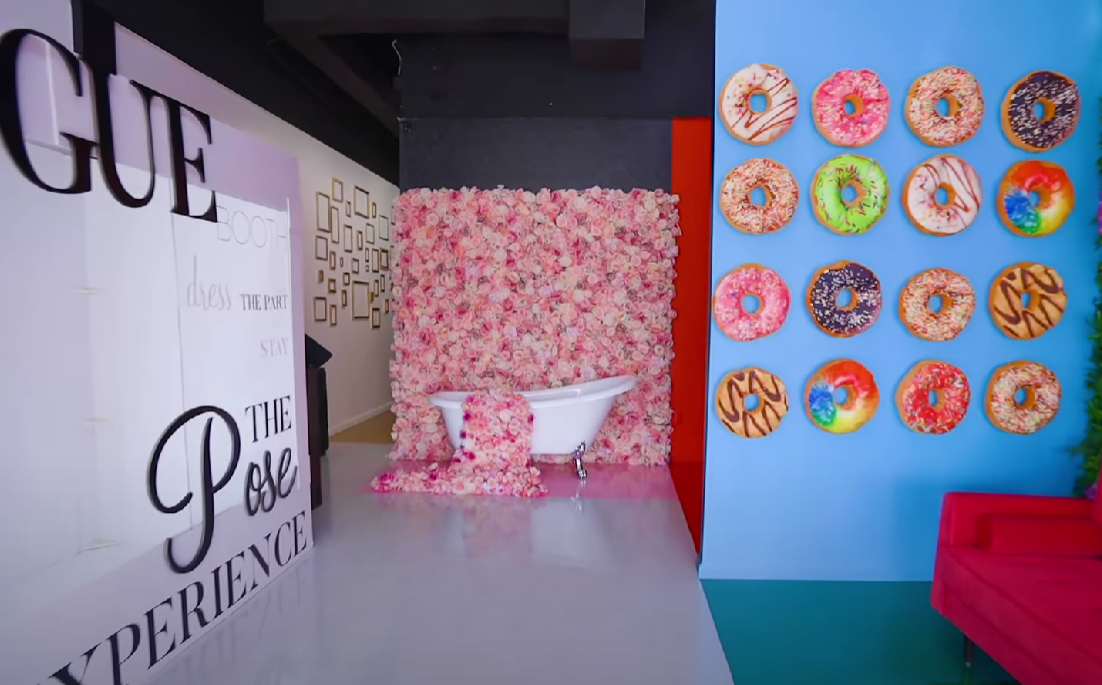
Launching a selfie museum involves several cost-related factors that aspiring entrepreneurs should carefully consider. From the initial investment to ongoing operational expenses, understanding the financial aspects is essential for a successful venture.
Here are the key factors that contribute to the costs of opening and maintaining a selfie museum:
Location and Rent Costs
The choice of location plays a pivotal role in determining the overall cost of opening a selfie museum. Prime, high-traffic areas may attract a larger number of visitors but often come with higher rental fees.
The museum’s accessibility, visibility, and proximity to popular attractions can significantly impact foot traffic, affecting potential revenue. It’s important to find a balance between a desirable location and the associated rent expenses.
Interior Design and Installations
Creating visually appealing and captivating installations is the heart of a selfie museum. Costs associated with designing, constructing, and installing these themed settings can vary greatly.
The complexity of designs, materials used, and the number of installations all contribute to the budget. This factor is crucial, as the museum’s appeal largely depends on the quality and uniqueness of these settings.
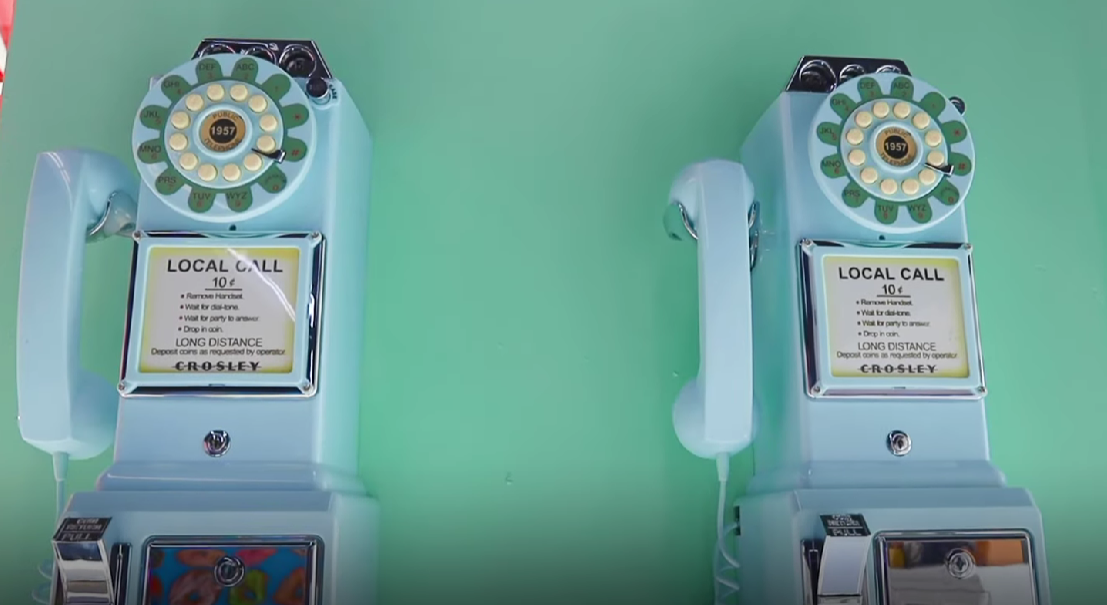
Artwork and Props
The cost of artwork, props, and decorations used within the installations is another significant consideration. Depending on the museum’s theme and style, the expenses for sourcing or creating these elements can add up.
High-quality, attention-grabbing props contribute to the overall visitor experience and shareability of the selfies taken, making it an investment worth considering.
Technology and Interactive Features
Modern selfie museums often incorporate technology and interactive features to enhance the visitor experience. This might include lighting effects, sound installations, augmented reality (AR) elements, and more.
Integrating such features can elevate the museum’s appeal, but they also come with additional costs for equipment, software development, and maintenance.
Marketing and Promotion
While not directly related to the physical setup of the museum, marketing, and promotion are essential to attract visitors. Costs for creating a strong online presence, running social media campaigns, and other promotional activities should be factored into the budget.
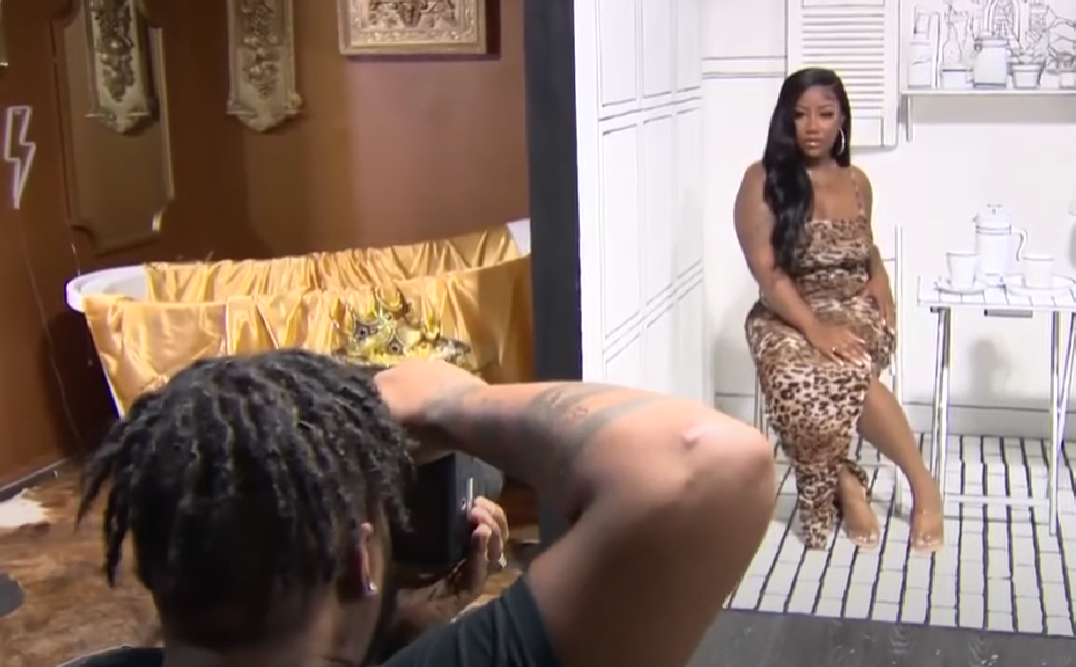
Effective marketing strategies can significantly impact the museum’s success by increasing its visibility and visitor numbers.
Staffing and Operations
Hiring and training staff to manage the museum’s daily operations, including visitor assistance and security, is another expense to consider. Staffing needs depend on the museum’s size and the level of service provided.
Ensuring excellent customer service contributes to positive visitor experiences and potential repeat business.
Insurance and Permits
Insurance coverage and necessary permits are non-negotiable expenses that ensure the museum’s legal and financial protection. Liability insurance, property insurance, and permits for safety and business operations are essential costs that cannot be overlooked.
Utilities and Maintenance
Ongoing operational expenses include utilities (electricity, water, heating or cooling) and maintenance costs. Creating an immersive environment requires constant upkeep and repairs to installations, ensuring they remain in top condition for visitors. These expenses are ongoing and should be accounted for in the budget.
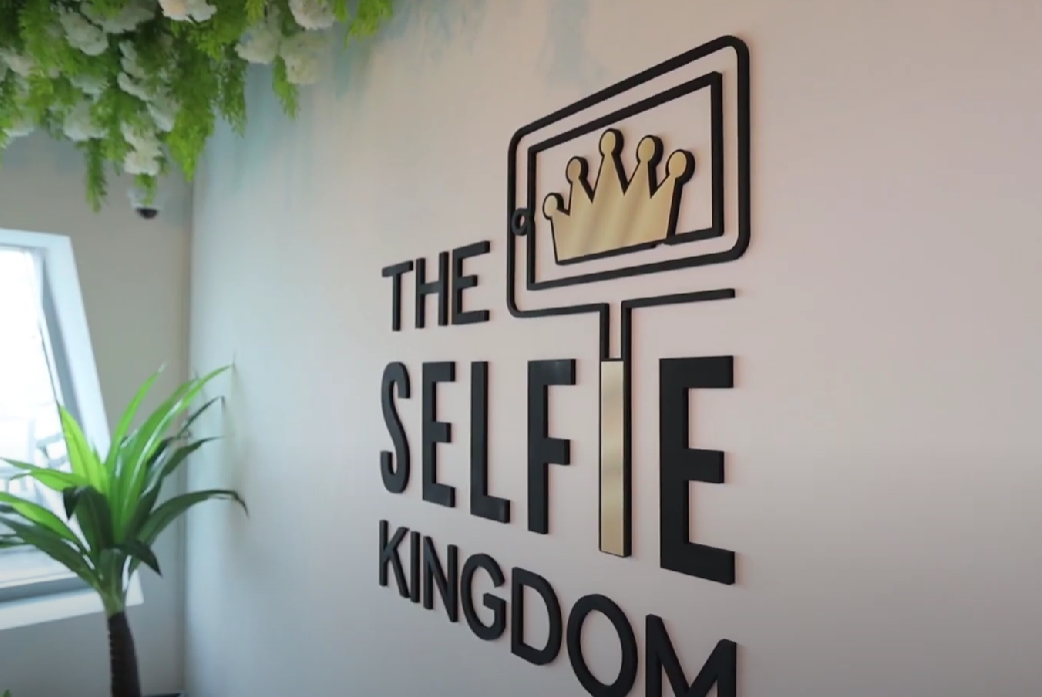
Revenue and Profit Considerations
While this doesn’t fall under initial costs, it’s vital to analyze the potential revenue streams and profit margins. Ticket pricing, special events, merchandise sales, and partnerships can contribute to the museum’s income.
Calculating projected revenue against the combined expenses provides a clearer picture of the venture’s financial viability.
How to Market Your Selfie Museum?
Promoting your selfie museum effectively is crucial to attract visitors and ensure its success. A well-executed marketing strategy can create buzz, increase foot traffic, and generate positive word-of-mouth. Here’s how to effectively market your selfie museum:
Create a Compelling Online Presence
Establish a strong online presence through a dedicated website and active social media accounts. Share high-quality images and videos of your installations to give potential visitors a taste of the experience.
Engage with your audience through captivating captions, behind-the-scenes content, and interactive posts that encourage sharing.
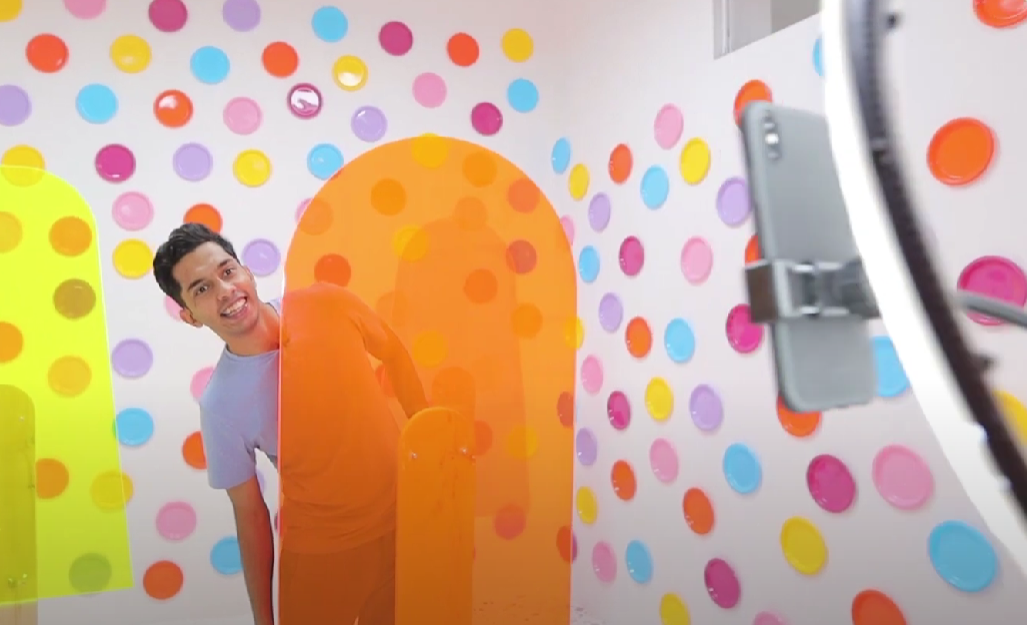
Social Media Advertising
Utilize social media advertising to target specific demographics likely to be interested in your selfie museum. Platforms like Facebook, Instagram, and TikTok offer robust ad targeting options.
Run eye-catching ads that showcase the unique installations and emphasize the shareable aspects of the museum.
Collaborate With Influencers
Partnering with social media influencers [1] can greatly amplify your museum’s reach. Identify influencers whose audience aligns with your target demographic.
Invite them to experience your museum and share their visit with their followers. Their endorsement and content can introduce your museum to a wider audience.
Host Special Events
Organize special events, themed nights, or workshops that tie in with your museum’s concept. These events can attract different crowds and provide opportunities for attendees to capture and share unique content.
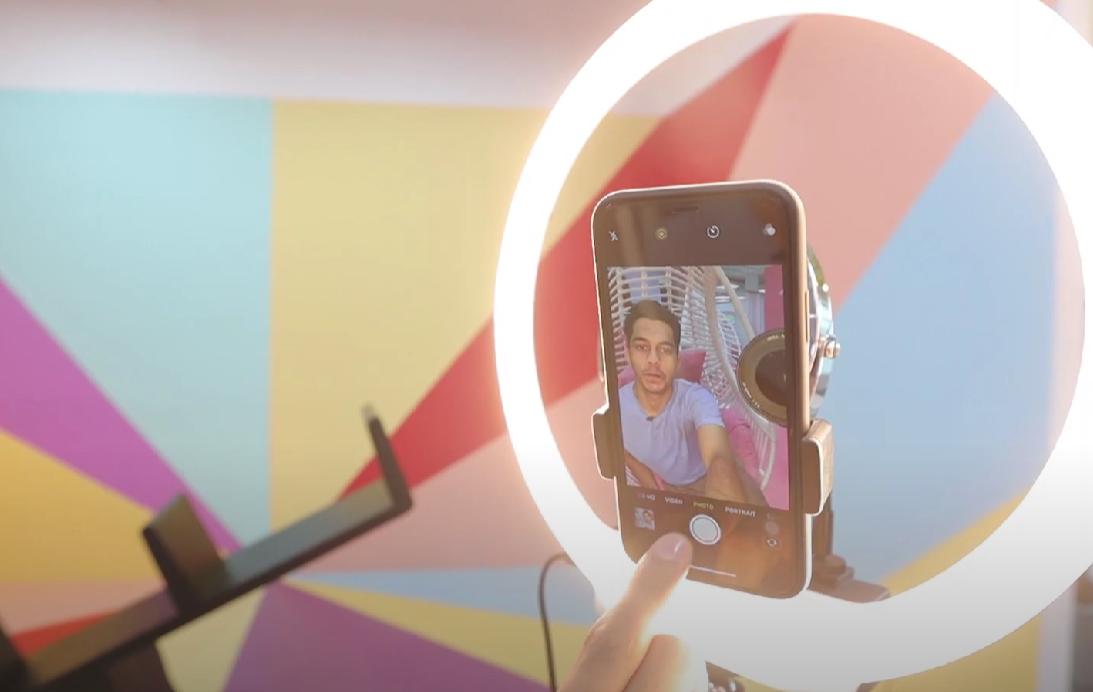
Consider collaborating with local artists, performers, or brands to add an extra layer of excitement.
Engage in Guerrilla Marketing
Incorporate guerrilla marketing tactics to surprise and engage people in unexpected ways. Install teaser installations or eye-catching visuals in high-traffic areas to pique curiosity.
Encourage passersby to take photos and share them online, creating a buzz around your museum.
User-Generated Content Campaigns
Encourage visitors to create user-generated content (UGC) by sharing their selfies and experiences on social media using a specific hashtag. Consider hosting UGC contests with enticing prizes to incentivize participation. This not only promotes your museum but also creates a community of advocates.
Email Marketing
Build an email list of interested individuals and visitors to keep them informed about upcoming events, new installations, and promotions. Send out regular newsletters with engaging content that encourages recipients to plan their next visit or share the news with their network.
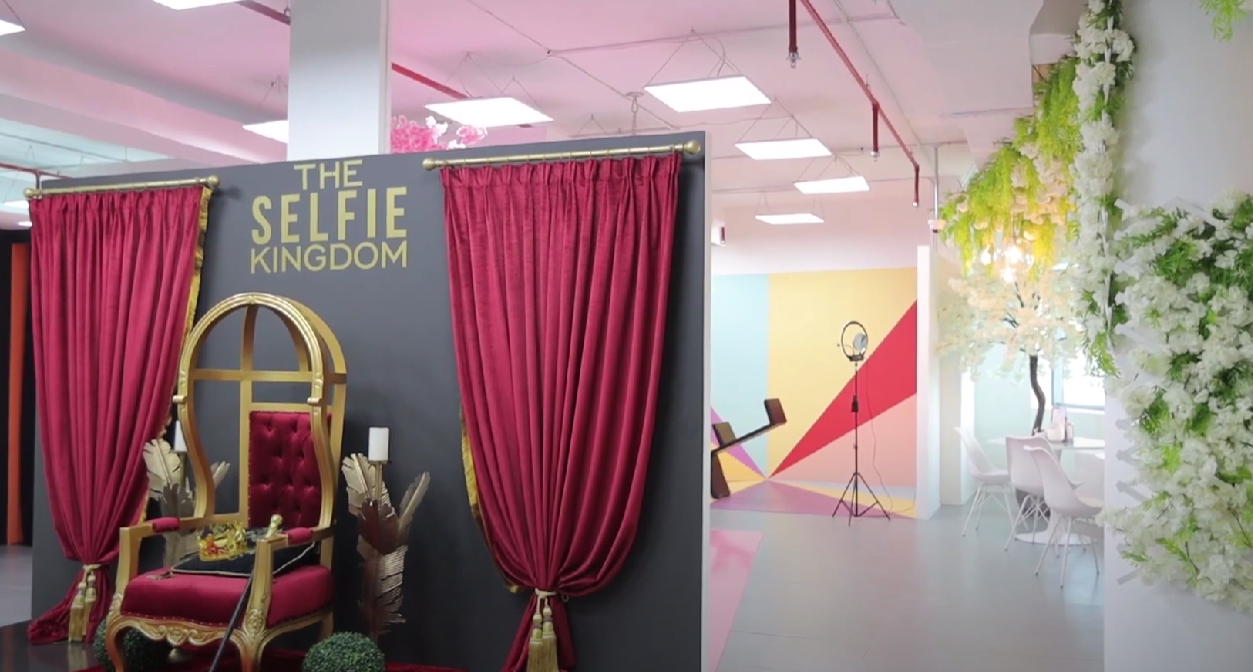
Collaborate With Local Businesses
Establish partnerships with local businesses, hotels, and tourism boards. Cross-promotion can expose your museum to its customers and vice versa. Consider offering special packages or discounts for patrons of partner businesses to drive traffic.
Collect and Showcase Visitor Content
Display a dedicated area within the museum to showcase the best visitor-generated content. This not only highlights the fun experiences others have had but also encourages visitors to take more photos to be featured.
Is Selfie Museum a Profitable Business?
The profitability of a selfie museum depends on various factors, including its location, uniqueness of installations, marketing strategies, and operational efficiency.
A well-executed concept in a high-traffic area with compelling and shareable installations has the potential to attract a steady stream of visitors, leading to substantial revenue.
However, success requires careful planning, cost management, and continuous innovation to maintain interest and differentiate from competitors. While some selfie museums have proven to be profitable ventures, achieving profitability demands a strategic approach and adaptability to changing trends and customer preferences.
Conclusion
In the world of selfie museums, costs vary. Small ones might need around $10,000, while larger ones could require about $50,000. These expenses cover space, designs, staff, and more. Smart planning matters to balance costs and make the venture bloom.

